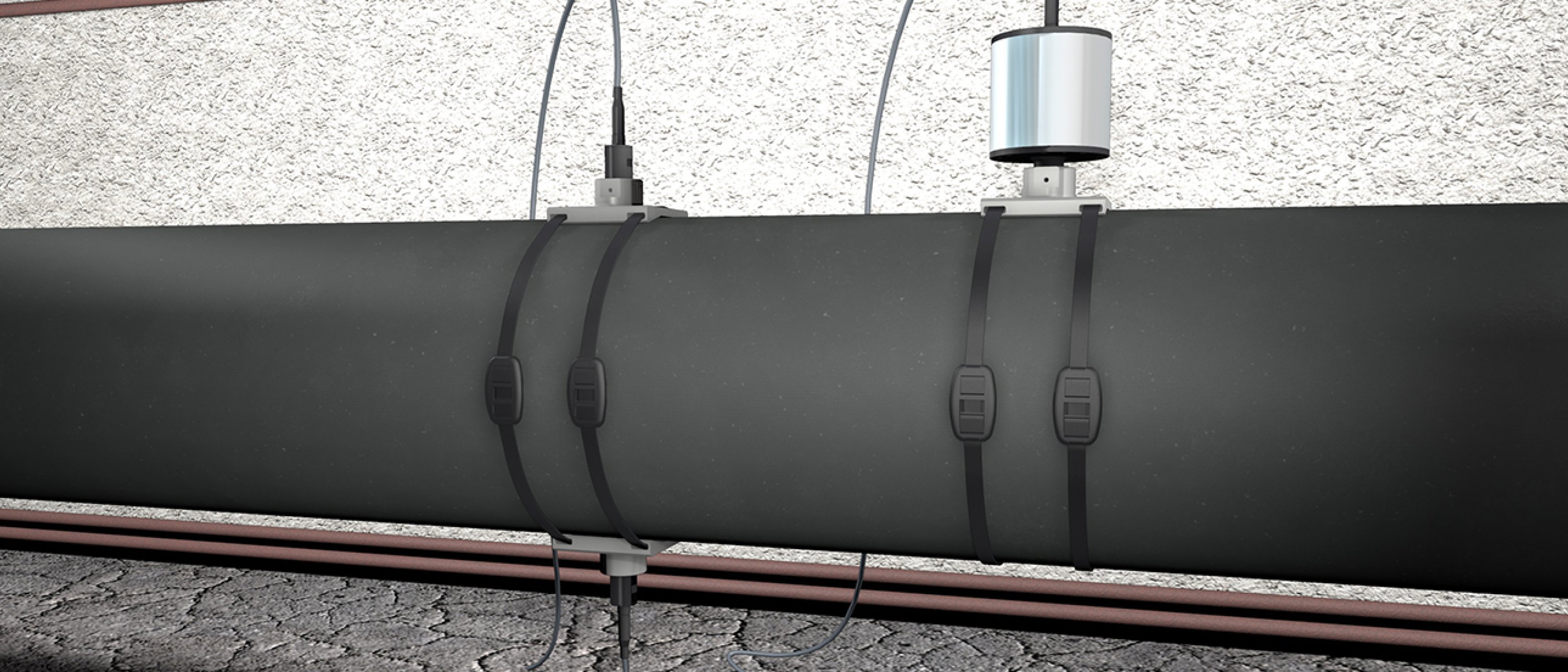Identifying Transmission Fluid Condition: Decoding Dark Brown Hue
The health of your transmission is crucial for the smooth and efficient operation of your vehicle. One way to assess its condition is by examining the transmission fluid. If your transmission fluid has turned dark brown, it’s essential to determine the underlying cause.
Diagnosing Dark Brown Transmission Fluid
A dark brown hue in transmission fluid can indicate several potential issues. It’s worth noting that transmission fluid typically starts amber in color and gradually darkens with age and use. However, excessive darkness or a sudden color change may signal a problem.

Transmission fluid acts as a lubricant, coolant, and cleaner for the transmission system. When the fluid becomes dark brown, it may have accumulated contaminants, burnt, or oxidized. These conditions can deteriorate the fluid’s properties, affecting its ability to protect and lubricate the transmission components.
Exploring the Root Causes
Determining the specific cause of dark brown transmission fluid requires further investigation. Common culprits include:
- Normal Wear and Tear: As the transmission ages, the fluid accumulates wear particles from the gears, clutches, and other components. This gradual darkening is generally not a concern.
- Slipping Transmission: When the transmission slips, the clutches within the unit overheat and release excessive friction material. This leads to a dark brown coloration of the fluid.
- Overheating: Extreme driving conditions or insufficient fluid levels can cause the transmission to overheat. This damages the fluid and results in a burnt, dark brown color.

Understanding the Implications
A dark brown transmission fluid can have severe implications for your vehicle, including:
- Reduced Lubrication: Darkened fluid may have lost its lubricating properties, leading to increased friction and wear on transmission components.
- Transmission Failure: Prolonged use of dark brown fluid can compromise the transmission’s performance, eventually leading to its failure.
Assessing Your Transmission Fluid
Checking the transmission fluid level and condition is a straightforward process.
- Safety First: Park your vehicle on a level surface and engage the parking brake.
- Locate the Transmission Dipstick: Open the hood and locate the transmission dipstick. It’s usually marked with a red or orange handle.
- Check the Fluid Level: Pull out the dipstick and wipe it clean. Reinsert it fully and pull it out again.
- Examine the Fluid: Inspect the fluid on the dipstick. It should be a transparent red or amber color. If it’s dark brown, check for burnt or metallic odors.

Maintaining Healthy Transmission Fluid
Regular maintenance is crucial for preserving the health of your transmission fluid. Here are some tips:
- Check the Fluid Regularly: Inspect the fluid level and condition every few months or as recommended by your vehicle’s manufacturer.
- Change the Fluid: Transmission fluid should be replaced according to the manufacturer’s recommended intervals. This helps flush out contaminants and prevents premature darkening.
- Avoid Overheating: Ensure your cooling system is functioning properly to prevent transmission overheating.
By following these guidelines, you can help maintain the optimal condition of your transmission fluid and protect your transmission from costly repairs.
Frequently Asked Questions
- What does black transmission fluid mean?
Black transmission fluid typically indicates severe overheating or transmission failure. - What are the symptoms of dirty transmission fluid?
Slipping gears, delayed shifts, and grinding noises can all be symptoms of dirty transmission fluid. - Can dirty transmission fluid cause transmission failure?
Yes, prolonged use of dirty transmission fluid can lead to transmission failure due to reduced lubrication and increased friction. - How often should I check my transmission fluid?
It’s recommended to check your transmission fluid level and condition every few months or as per the manufacturer’s recommendations.
Conclusion of Identifying Transmission Fluid Condition: Decoding Dark Brown Hue
Identifying Transmission Fluid Condition: Decoding Dark Brown Hue is a critical skill for maintaining a healthy transmission. By understanding the potential causes, implications, and maintenance practices, you can prevent transmission problems and extend the life of your vehicle’s transmission.
